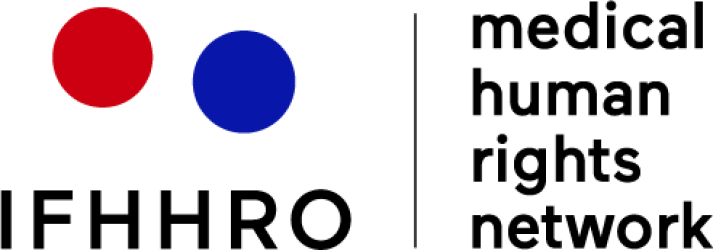What is the relationship between the right to health for indigenous people and health and human rights?
Indigenous people have been one of the most disenfranchised groups throughout the world, not only with regards to their access to health but even for the most basic human rights. This is evident even in developed countries. In Australia, Canada, and New Zealand, for instance, the gap in life expectancy between indigenous and non-indigenous people can be as high as 20 years [3].
Educating healthcare workers on the importance of health as a human right is key. The World Health Organization (WHO) defines the right to health as “the enjoyment of the highest attainable standard of health is one of the fundamental rights of every human being without distinction of race, religion, political belief, economic or social condition” [5]. Therefore, even though there are different components that come into play when defining the health of an individual, such as genetics and socio-economic factors, the state must guarantee access to adequate healthcare facilities, services and other conditions necessary to the realization of a healthy life [4].
What are the relevant sources?
The United Nations is the most relevant source of information in regards to the right to health of indigenous people. More specifically, the Department of Social and Economic Affairs, the World Health Organization, and the Office of the High Commissioner of Human Rights with the United Nations Special Rapporteur on the rights of indigenous peoples.
Among the issues that affect the right to health of indigenous people, the most relevant are: the lack of access to quality healthcare; the alarming disparity in some diseases between indigenous and non-indigenous people; and the difference in life expectancy [3]. Indigenous people fall behind in almost all categories to measure health when compared to non-indigenous people throughout the world [3].
The United Nations Declaration on the Rights of Indigenous Peoples (UNDRIP) has created a framework that guarantees indigenous persons’ access to fundamental human rights. Article 1 indicates: “Indigenous peoples have the right to the full enjoyment, as a collective or as individuals, of all 8 human rights and fundamental freedoms as recognized in the Charter of the United Nations, the Universal Declaration of Human Rights and international human rights law” [2].
UNDRIP was adopted by the United Nations on September 13, 2007, to enshrine (according to Article 43) the rights that “constitute the minimum standards for the survival, dignity and well-being of the indigenous peoples of the world” [2]. UNDRIP protects the right for indigenous people to enjoy the highest possible level of physical and mental health, to have access to their traditional medicines, and to maintain their health practices [1]. Thus, guaranteeing not only their access to modern or western medicine but also allowing them to continue with their ancestral traditions and beliefs.
What can individual health workers and their professional organizations do?
Health workers must be familiar with the rights to health of indigenous people. They also need to be aware of the most prevalent health-related conditions that exist in the indigenous communities, given that they can be different from those of the non-indigenous communities [3]. Furthermore, health workers working in areas with a high concentration of indigenous people need to be at least acquainted with the most common methods of traditional medicine used by indigenous people in the area. This will show that health workers respect their beliefs and customs, and will further the understanding of different situations that might arise in their interaction with indigenous people.
In order to decrease the disparity between indigenous and non-indigenous people, there is a crucial component that needs to be addressed, which is education. Providing cultural competency training to healthcare workers will facilitate a culture of respect and trust between all members of the community. This type of training can also educate healthcare workers on the needs, beliefs, and practices of indigenous communities, acknowledging the difference that exists in each particular indigenous culture.
Lastly, the collaboration between healthcare workers and local and tribal leaders can serve as a bridge to further the trust among the workers and these communities. Indigenous people trust their elders. Therefore, they can be more receptive to indications, suggestions, and treatment if they know that healthcare workers are working alongside their community leaders.
This page was written by Andres Delgado in August 2019.
Resources:
- Indigenous Foundations, University of British Columbia https://indigenousfoundations.arts.ubc.ca/un_declaration_on_the_rights_of_indigenous_peoples/
- United Nations Declaration on the Rights of Indigenous Peoples https://www.un.org/development/desa/indigenouspeoples/wp-content/uploads/sites/19/2018/11/UNDRIP_E_web.pdf
- United Nations Department of Social and Economic Affairs https://www.un.org/development/desa/indigenouspeoples/mandated-areas1/health.html
- United Nations Office of the United Nations High Commissioner for Human Rights https://www.ohchr.org/Documents/Publications/Factsheet31.pdf
- World Health Organization, Health is a fundamental human right https://www.who.int/mediacentre/news/statements/fundamental-human-right/en/
